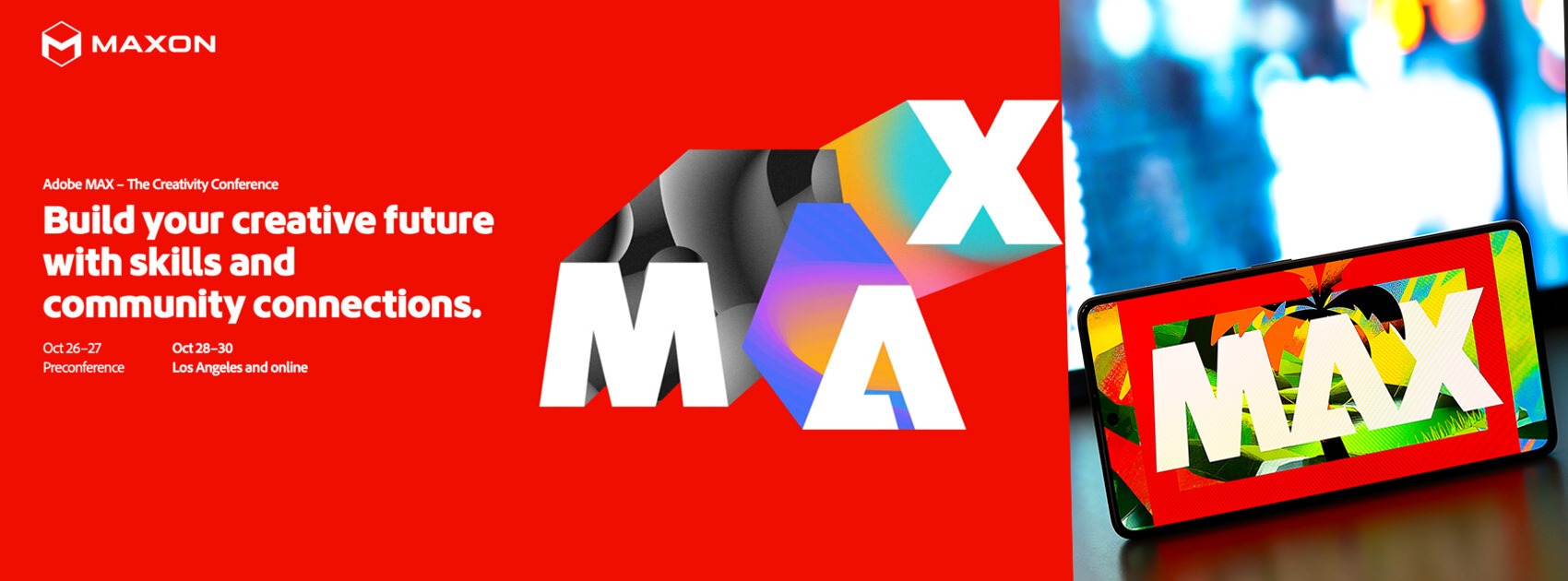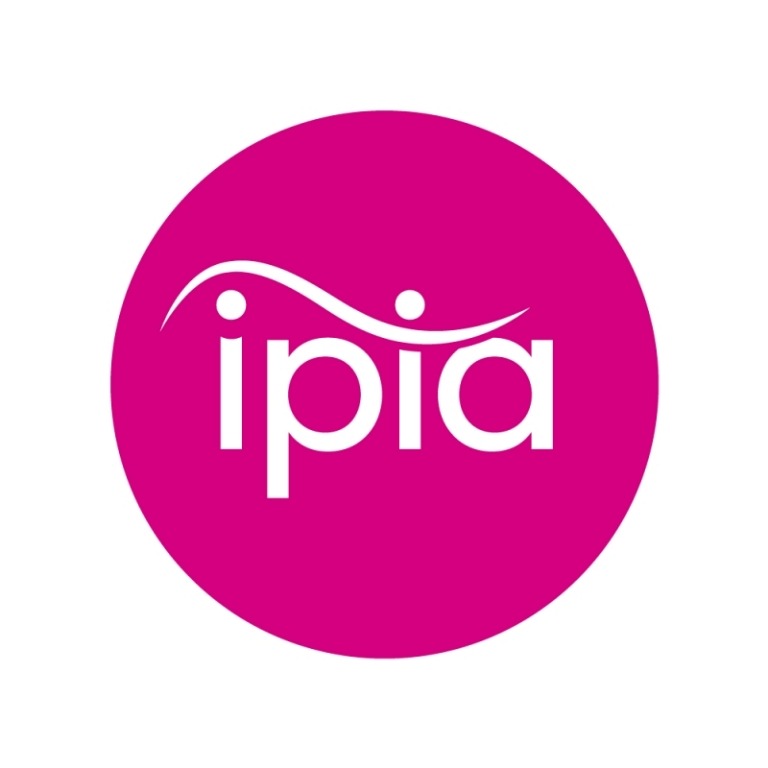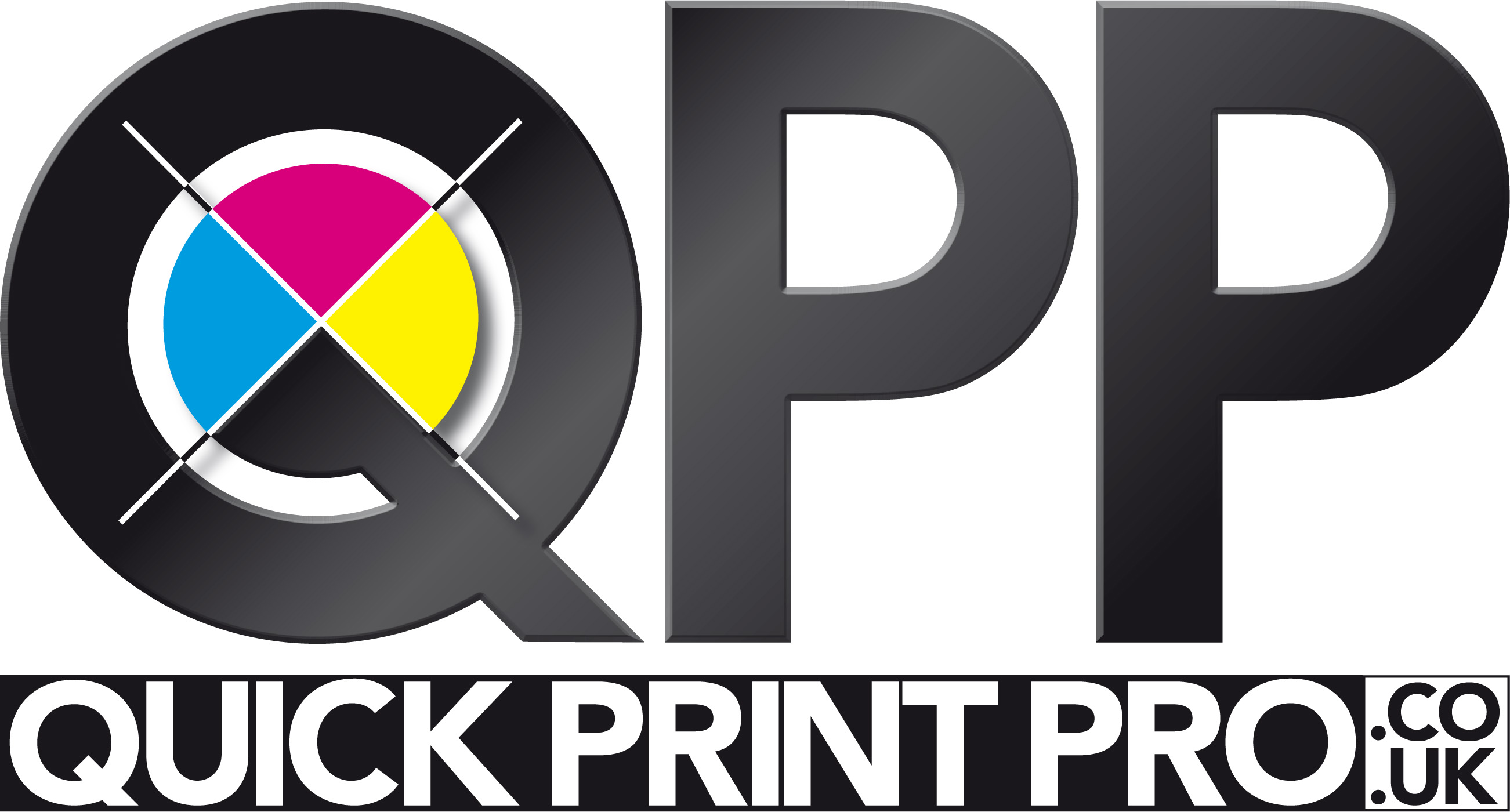Embrace Digital Print and Stay Ahead of the Competition

Jon Hiscock, Head of Production & Industrial Print at Konica Minolta Business Solutions (UK) Ltd says…
Digital print has taken the industry by storm, presenting a revolution not only in the way print products are produced but also in the way print companies manage their operations, from design to implementation and logistics. There are enormous benefits in terms of productivity, efficiency, versatility, sustainability, creativity, and agility that simply can’t be ignored if your business is to thrive and deliver for the evolving needs of your customers.
The world has changed significantly since the start of the pandemic. The way people live and work has been transformed and this has had a direct impact on print requirements. Along with the highest level of service print companies must combine flexibility, innovation and value, and digital print is perfectly suited to this customer centric approach.
Important contributor to the UK economy
With a turnover of £11.6 billion and a Gross Value Added (GVA) contribution to the UK economy of £4.8 billion (Source: Smithers Pira from ‘UK Printing Facts & Figures’ Britprint.com), print delivers a considerable impact. The same research shows the print industry employs around 105,000 people in 7,400 companies and – remarkably – the UK is the sixth largest producer of printed products in the world (printed matter contributed £580 million to the UK’s balance of trade in 2020).
Looking at GVA as a % of turnover for UK manufacturing industries, print is the third highest contributor. Clearly the print industry remains a vital one, but to remain competitive and to adapt to a changing landscape of market demands print companies need to continue evolving.
A natural progression
The digital print revolution began before the pandemic and the global market for packaging was worth a staggering £17.7 Billion ($18.9 Billion) in 2019 (Smithers Future of Packaging Long-Term Strategic Forecasts to 2030), and it continues to grow by 10.9% each year.
The move to digital print shouldn’t be an unwilling one though, this is a technology revolution which is here to help your business, not to cause you and your team a headache and stress! Digital technology enables businesses to be more productive, completing more jobs in the time available and spending less time calibrating machinery, or fine-tuning production jobs and more time fulfilling customer orders.
One of the great benefits about digital production print is the ability to produce fully finished output very rapidly. By automating the inline printing process, additional processes (such as applying a separate label) are avoided and thereby save considerable time, labour resources and money. The ability to add value with embellishment in-house reduces the turnaround time of print jobs, removes outsourcing cost and enables the product to be sold at premium.
This versatility and flexibility are also major benefits when it comes to standing out from the competition. A business can rapidly reduce order and production times by automating and
optimising workflows, ensuring there are no unnecessary delays and that customers can have faith in rapid turnaround times.
The right products at the right time
It is also important to recognise the impact innovative high-quality packaging and promotional materials have on the customer experience. Research from The Foil and Speciality Effects Association (FSEA) whitepaper – ‘The impact of high-visibility enhancements on shelf presence: A second study’, shows that packaging with speciality printing has an over 46% higher quality perception. Foil enhanced packaging increases attraction by an incredible 250%.
In a world that is addicted to screens a tangible interaction with physical printed products can make a big impact. Print has a longer-lasting lifespan (it won’t just disappear from a screen) and eye-catching and highly tactile embellishment techniques and digital varnish technologies ensure print grabs the attention of consumers. Equally, laser die cutting is a major production innovation that is trending, enabling further scope to produce truly outstanding and highly bespoke print products.
There are also considerable benefits to combining online content and offline printed material. For example, tech-enabled interactive packaging and print marketing can include links to social media, QR codes and interactive games. Using this approach on a packaging box or a label enables mobile users to connect with brands in a more engaging way, by spring boarding a customer to a dedicated microsite for example.
Sustainability and reduction of waste
The print industry has sometimes been unfairly tarnished with a reputation for being wasteful and lacking in environmental objectives. However, between 2005 and 2020, European forests grew by 58,390km2 (an area larger than Switzerland) and 73.9% of paper is recycled compared to just 17.4% of ICT waste (Source: Paper’s Place in a Post-Pandemic World, Two Sides, www.twosides.info). The ICT industry also accounts for 2.5-3% of greenhouse gas emissions, whilst print and paper products are just 0.8%.
Due to the accuracy of the process, digital print is an excellent way to minimise wastage, especially when combined with recycled materials from sustainably managed sources. With the ability to recycle many print products again, this is a media that is very well placed to minimise its environmental impact.
Many CO2 targets are focussed on initiatives such as lightweight packaging, recyclability, and anti-plastic initiatives which significantly reduce any waste. There are concerted efforts being made across the industry to reduce wastage, even during machine set-up where digital technology helps to reduce wasted prints and the unnecessary consumption of any chemicals used during the process.
With businesses and consumers demanding greater environmental awareness, and at the same time rising costs for raw materials, there is greater pressure than ever for the commercial and industrial printing sector to scrutinise any waste. By decreasing manual processes and automating production steps, digital print efficiently reduces materials usage and reduces waste, ensuring it will be a prominent factor in maintaining sustainability moving forwards.
Revitalising print
Print is not going away – it is evolving, and digital is an essential part of this. Inevitably some printed products are being replaced by images on a screen, but print has a vital part to play in making a big impact with colour, personalisation, and highly tactile and attractive embellishment. Naturally there are also key areas (such as packaging) where there is no competition and digital print is just as important here as well.
The ability to do digital embellishment, to automate processes, and to do things like wide-format, high-speed-ink, and to do it in a way where we can really embolden the print, packaging and labelling experience for customers is going to be the way of the future.
The pandemic has seen print transform from commodity to quality, one-size-fits-all to customisation. This is an exciting time for the print industry, there are huge opportunities to be grasped and the momentum will only continue to increase – you just need to make sure you embrace the right digital print technology to fully embrace the potential on offer.
For more details on seeing the potential of digital print, please visit: www.konicaminolta.co.uk/en-gb/campaigns/igniting-print-possibilities


.jpg)




-2025-11-19-10-50-51.jpg)





